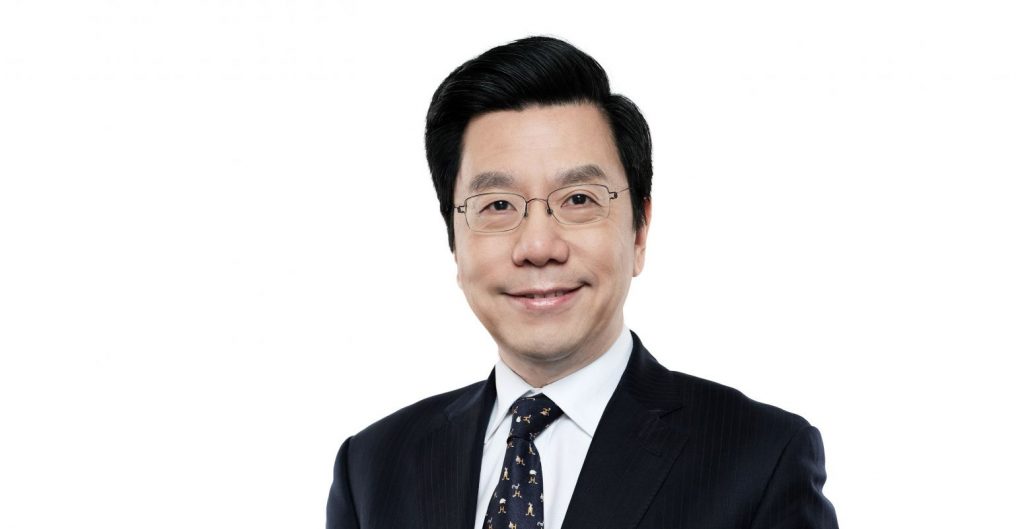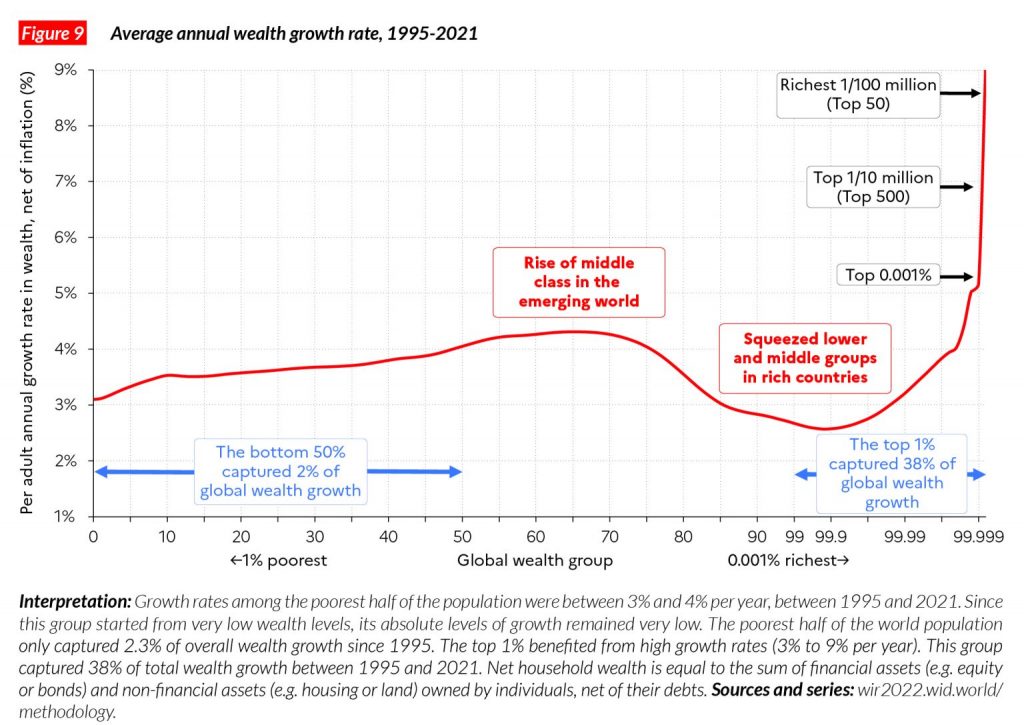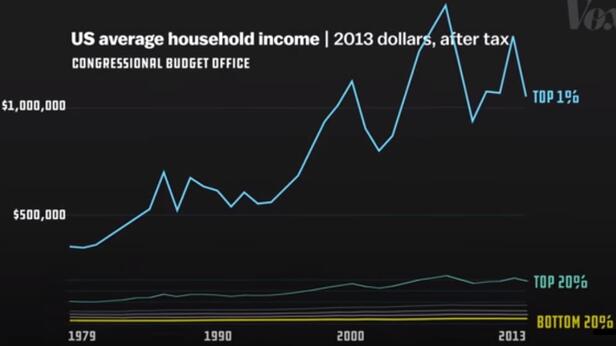Artificial intelligence (AI) has taken over most areas of interest today, and in the future, this technology will be more and more present in all the activities we do day by day. AI emerged as a reality with the technological revolution. This growing development of AI has come with both the technological advancement of the electronics industry and the advancement of the software industry. The more computing power the computer acquires, the more complex algorithms can be used for data analysis. However, computers still largely depend on human consciousness and the complexity of a human being’s thinking. The important question is for how long? Recently, some new solutions have appeared, which offer AI the ability to grow on its own up to a certain point with zero human input and using only basic mathematical concepts. These solutions may be able to find some concepts that researchers are not even able to. Considering all these advances, does this technology work in favour of all people or only in favour of certain groups of individuals? Will there be growing discrepancies between social classes over time due to the influence and development of AI technology?
The impact of AI on labour and how it contributes to a growing gap
The immediate issue that society already faces is the highly accelerated growth in inequality caused by the use of AI in almost every field. Automated tasks requiring either physical or data processing abilities are now being done by machines and software applications using AI technologies. The potential risks are clear, as more and more people’s jobs will be replaced by innovative autonomous machines. As a consequence, the already huge gap between social classes both within countries and at a global level will enlarge, causing social tensions and development. A widely known AI specialist stated his position regarding the existing issue:

“The A.I. products that now exist are improving faster than most people realise and promise to radically transform our world, not always for the better. They are only tools, not a competing form of intelligence. But they will reshape what work means and how wealth is created, leading to unprecedented economic inequalities and even altering the global balance of power. It is imperative that we turn our attention to these imminent challenges.
A.I. is spreading to thousands of domains, and as it does, it will eliminate many jobs. Bank tellers, customer service representatives, telemarketers, even paralegals and radiologists will gradually be replaced by such software. Over time this technology will come to control semi-autonomous and autonomous hardware like self-driving cars and robots, displacing factory workers, construction workers, drivers, delivery workers and many others.
Unlike the Industrial Revolution, AI is poised to bring about a wide-scale decimation of jobs, mostly lower-paying. This transformation will result in enormous profits for the companies that develop AI, as well as for the companies that adopt it. We are thus facing enormous wealth concentrated in relatively few hands and enormous numbers of people out of work.“
Kai-Fu Lee – former president of Google China and current president of AI Institute and owner of Sinovation Ventures
A popular argument against this vision is that new job opportunities will appear as new industries will be developed. Considering the doubtful scenario, in which the profit gained as a result of increased productivity is equally shared among the company owners and employees through higher wages, we would see some changes in the economy. An increased standard of living would allow the middle-class new services, products or activities that were previously too expensive. Finally, these changes will create new jobs in new industries, depending on what people would prefer to do with the money, whether it will be travelling, going to events or getting higher education. As a result, the employment to population ratio is supposed to follow the rising trend or, at least, it will not start a declining direction. This idea is strongly related to the previous industrial revolution and digital revolution, which did not raise the unemployment rates around the world, even though millions of people were displaced.

However, this logical chain is interrupted several times. First of all, the evidence shows that the wealth growth is not even close to being equally shared with employees. The World Economic Forum shows that the top 1% of people benefited from 38% of total wealth growth between 1995 and 2021, while the bottom 50% captured only 2%. This trend can also be observed when looking at US average household income during the last 50 years. Not only the bottom 20% did not see any evidence of improving prosperity, but the top 1% earnings are more than double compared to 1979.
Though today’s big companies make billions of dollars, they share that income with fewer employees, and more of their profit goes to shareholders. “Look at the business model of Google, Facebook, Netflix. They’re not in the business of creating new tasks for humans,” (Daron Acemoglu, an MIT economist)


Secondly, the shift in the economy is slower than the pace of displacements, and there are no requalifying opportunities offered by companies. To see that more clearly, there were major displacements caused by AI alternatives in the last two years and during the COVID-19 crisis. The economists estimate that 42% of the jobs lost are gone forever. This time the change was abrupt as employers, worried about the pandemic and under sudden lockdown orders, rushed to replace workers with machines or software. There was no time to retrain and these workers were left on their own to find ways of mastering new skills. The problem is that most of them found few such options and others were already too old to be hired again.
Companies replaced workers faster during this period and alongside the urge to cut costs to avoid bankruptcy and they will continue the trend of using automation, without further intention to raise employment. The companies are not constrained by any means to spend their funds on training as of now because the employers consider it a bad investment especially for those without a college degree. Considering the case of retraining a call centre to help in configuring chatbots, the costs will be simply too high to surpass the productivity gained by using the bot.
An example of inequality in the recent past
For a better overview of what inequality looks like nowadays, the following example is conclusive enough. Elon Musk has a lot of benefits from the developments of AI and is a well-known enthusiast of them. There are multiple projects in his companies, especially Tesla, Neuralink and Open AI, which involve the use of AI for tasks like self-driving cars. The growth of automation in his companies helped him to get a massive profit and become the world richest person with over $300 billion net worth, higher than the GDP of an average-sized EU country as Romania. The economical power in the hands of an individual lets him influence the cryptocurrency market prices for his benefit and affect people’s life savings investments, without breaking any law. Moreover, he offered to pay $6 billion to end world hunger if United Nations officials showed him a feasible plan. Following this, the UN came up with a detailed plan showing how $6.6 billion could help 42 million vulnerable people survive 2022.
Unfortunately, there was not any further continuation and this perfectly images the world we live in. In many places around the world inequality already kills through famine and lack of vital vaccines and even in the US people are dying, as they have to delay medical treatment because of high costs. On the other side, the owners of corporations like Facebook, Google or Tesla are making huge profits through AI automation and algorithms.
Therefore comes the need for social awareness and new regulations. In the context of workers being replaced by AI automation from building machines, garbage sorters and recyclers to DJ’s, journalists and even data analysts, it is unacceptable to have fewer taxes for buying a machine than to pay the wage of a human being.
Even there are a few positive counterexamples of employers, who indeed got a pay rise after reskilling, not so many displaced employees want to get trained and follow a career in data science, even with different backgrounds and passions, and that is very understandable. Moreover, in the second half of the article, another discrimination issue faced by minorities in the US due to high automation will be discussed. To keep in mind, most of the threatened jobs like cashiers, customer service representatives and food-service employees are now occupied by Black and Latino Americans.
Problems can still arise even after people have changed their career path
If these people accept to change their career’s path to another field, an issue still arises, discrimination on the basis of ethnicity, race or even sex. This may make it even harder for these people to succeed. The lack of diversity in the workplace, especially in the field of technology, is an old and intensely debated inequality issue both in the popular press and in the scientific community. More alarms are raised since many companies start investing in solutions that use artificial intelligence to make decisions within the company, especially when it comes to hiring new people. All of these technologies that use artificial intelligence will work according to the decisions their creators made during the design process. Being very complex beings, up to a certain point, people will still leave their mark on their work in terms of their beliefs and vision of the world, so there is a high chance of bias.
We believe that this has a negative effect on society, as it creates certain limitations for some people who probably want to work in the STEM field, but are disadvantaged by the recruitment process. These limitations do not only appear in the employment part but can spread further when it comes to promotions and how they are seen by their co-workers. The relationship between employees and the way they feel is also of great concern, since it can affect people’s workflow.

In the last ten years, the percentage of female employees has increased in companies that develop AI solutions, but compared to the percentage of men in this field it is still small. Only 22% of the employees are women and the percentage of them working in this field in a research department is only 8%. These growing numbers, but still worryingly small, may explain why some companies using AI solutions for employee recruitment may have a biassed recruitment process. We believe that giving more chances to one sex in favour of another is totally wrong. Recruitment should be done more carefully and made according to the individual’s abilities, not according to their gender, race, ethnicity or religion.
An example of discrimination came to people’s attention when, during an employment process, a bot that uses AI, was used to choose the better candidates for a specific position. The bot made by Amazon chooses from a large number of people giving each one of them a score based on their skills. However, the program did not work properly because the female participants were disadvantaged. The algorithm mimics human decisions and was trained to learn from previous successes, therefore only male candidates were chosen. In the past, the vast majority of new employees in technical positions were men and the bot used this information to select the “perfect” candidate. We believe that not only this approach has made certain highly capable people unlikely to be considered for that job, but it has strengthened the process by which the algorithm selects potential employees and ultimately opts for male candidates. One solution to this problem would be that the templates that are used to detect a good employee for a position, to be carefully analysed first by real people. Diverse people that come from different backgrounds is the answer for this issue. Therefore, the percentage of bias would decrease significantly. Obviously, this requires a lot of work at first, but to create a proper hiring system that uses AI and gives everyone equal opportunities, takes effort and time.
Not just the careful analysis of the templates after which the people are recruited represents a solution. The algorithms behind the programs should be refined too. By understanding how these algorithms work and how they are modelled, the bias in the hiring process can be reduced to some extent. These algorithms need to be based on the principles of equity, transparency and fairness.
At the same time, there are some advantages to these recruitment solutions. People that work in the HR departments of different companies said that using AI technology was very helpful in finding and analysing candidates, thus saving a lot of time in the process. However, only 43% of them said that AI recruitment solutions helped them reduce the bias. This is a worrying aspect insofar as using automated systems is more difficult to recognize a mistake in the hiring process. It can be said that it is impossible to create a perfect system that eliminates the bias completely, but the chances of these discriminations happening can still be reduced drastically.

A company that develops recruitment software using AI offers a solution that analyses potential employees based on their skills and experience in their field of expertise, rather than relying on a resume. By highlighting the aforementioned qualities the algorithm behind the program can also reveal the demographics of an organisation. The program can also filter individuals according to ethnicity, gender or disability status, so in the end, the recruiter can see if the hiring process succeeded or failed when it comes to the rate of the diversity of employees who have been selected. This solution is far from perfect, but it is a start to lower the bias as much as possible and to offer equal opportunities.
Furthermore, we think that not only companies that develop such programs should find solutions, but also governments should tighten the penalties when a person is discriminated against in the hiring process. A harsher punishment can lead to increased attention to the process by HR employees. Also, the programmers that develop recruitment applications may be penalised more severely when it is found that the algorithm they made is biassed.
What can be done in the future?
Without further regulations, there is a high risk of concentrating the wealth and power in the hands of a very small number of people and losing the potential benefits of the greatest technological advancements, which AI seems to be.
Although there are solutions to help people rebuild their careers after their job has been replaced by a robot, they may still face several barriers imposed by the evolution of artificial intelligence. Bias is a problem that can hardly be completely solved and therefore some people may be wronged because of their race, ethnicity or gender. Indeed, the use of artificial intelligence for recruitment and employment can greatly ease certain processes, but at the same time can lead to bias problems. Globally, we believe that both companies and HR employees want to solve these problems. Companies that develop such solutions should devote enough time to testing the algorithms used and also include in their tests a wide variety of people to ensure that their recruitment and employment program works properly.


